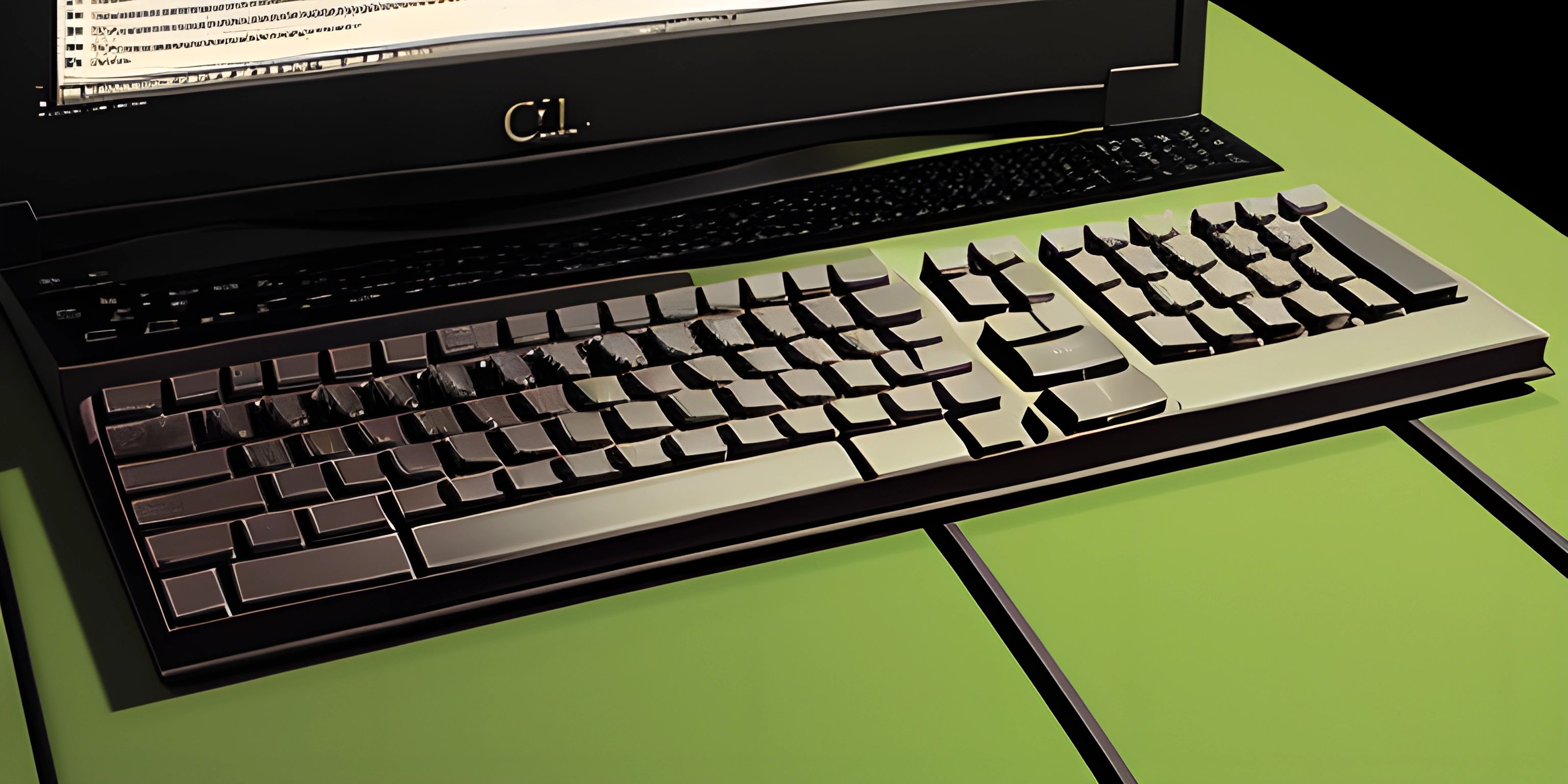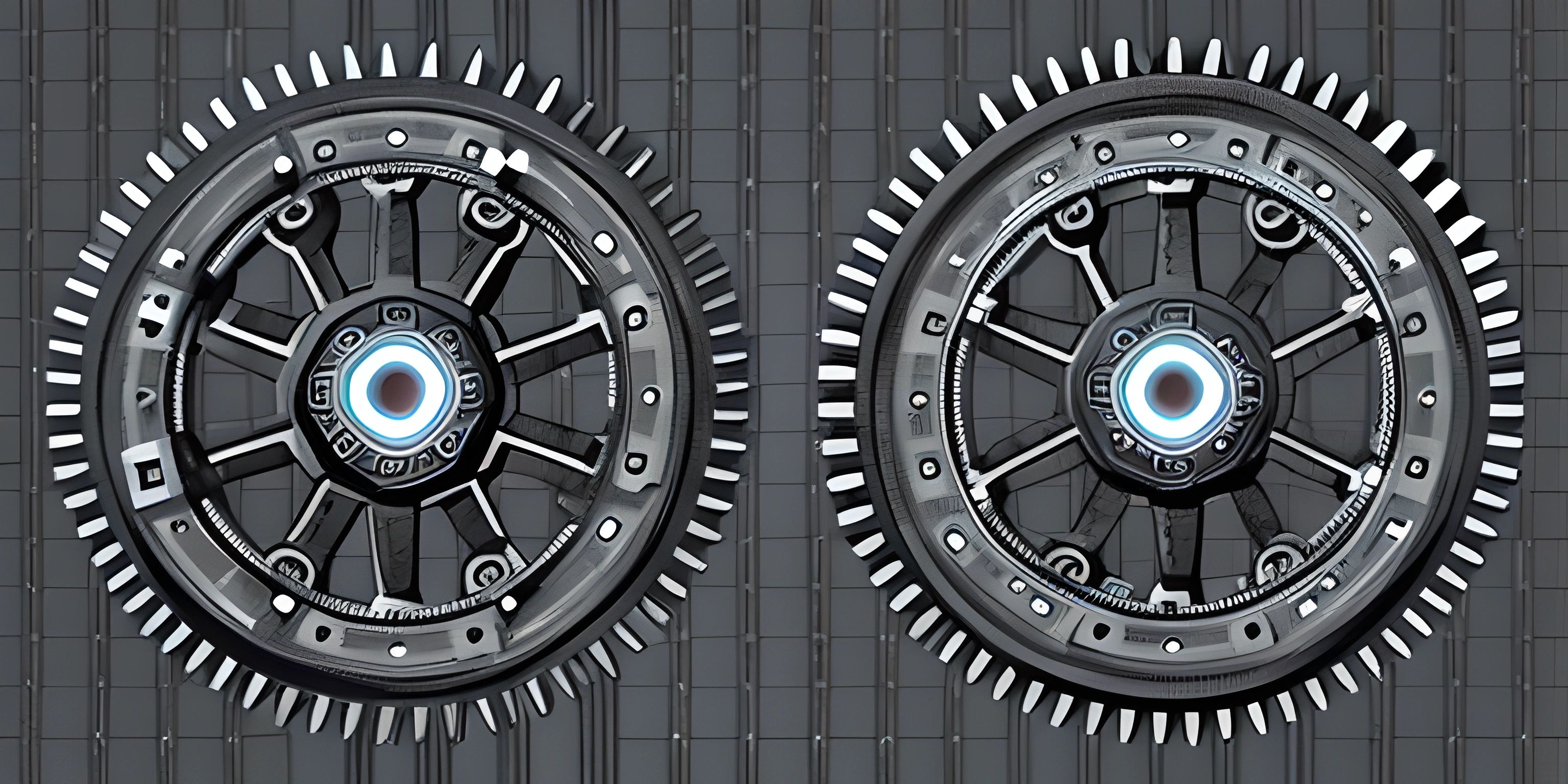C Programming Introduction

Note: this page has been created with the use of AI. Please take caution, and note that the content of this page does not necessarily reflect the opinion of Cratecode.
C is a powerful and versatile programming language that has stood the test of time. Designed by Dennis Ritchie in 1972 at Bell Labs, C was initially created for the development of the UNIX operating system. Today, it is still widely used for a variety of applications, from system-level programming to creating video games.
History of C
The development of C was heavily influenced by the B programming language. B was created by Ken Thompson, also at Bell Labs, as a simplified version of the BCPL programming language. However, B had its limitations, and Ritchie sought to create a more robust and efficient language. Thus, C was born.
C quickly gained popularity due to its simplicity, efficiency, and portability across different computer platforms. This led to the creation of the ANSI C standard in 1989, ensuring consistent implementation of the language across various compilers and systems.
Features of C
C is a procedural language, meaning it focuses on a series of procedures and routines that execute sequentially. This is in contrast to object-oriented languages, which focus on the interactions between objects and their methods.
Some key features of C include:
- Low-level access: C provides low-level access to memory, allowing for efficient manipulation of data and system resources.
- Modularity: Code in C can be organized into separate functions and files, promoting code reusability and maintainability.
- Portability: With minimal platform-specific features, C code can be easily compiled and run on various platforms.
- Rich library support: The C standard library provides a wide range of built-in functions for handling input/output, memory management, and mathematical operations.
Syntax and Basic Constructs
C utilizes a straightforward syntax that is easy to understand and read. The basic constructs of C include:
- Variables: Storage locations for holding data; C supports a variety of data types, such as integers (int), floating-point numbers (float), and characters (char).
- Functions: Blocks of code that perform a specific task and can be called by other parts of the program.
- Control structures: Statements that control the flow of execution, such as if-else, switch, and loops (for, while, do-while).
- Pointers: Variables that store the memory address of another variable, allowing for efficient and dynamic memory management.
C Programming Today
Despite its age, C remains a popular choice for various applications, especially in system programming and embedded systems. Its low-level access to memory and system resources make it an ideal choice for writing operating systems, device drivers, and firmware.
Furthermore, C's influence is evident in the design of many modern programming languages, such as C++, Java, and Python. Understanding C can be an excellent foundation for learning other languages and exploring more complex programming concepts.
Hey there! Want to learn more? Cratecode is an online learning platform that lets you forge your own path. Click here to check out a lesson: Rust - A Language You'll Love (psst, it's free!).
FAQ
When was the C programming language created?
The C programming language was created by Dennis Ritchie in 1972 at Bell Labs.
What was C initially designed for?
C was initially designed for the development of the UNIX operating system.
What are some key features of the C programming language?
Some key features of C include low-level access to memory, modularity, portability, and rich library support.
What is the significance of the ANSI C standard?
The ANSI C standard, established in 1989, ensures consistent implementation of the C language across various compilers and systems.
Why is C still relevant today?
C remains relevant due to its efficiency, low-level access to memory and system resources, and its influence on modern programming languages. It is widely used in system programming, embedded systems, and other applications.





